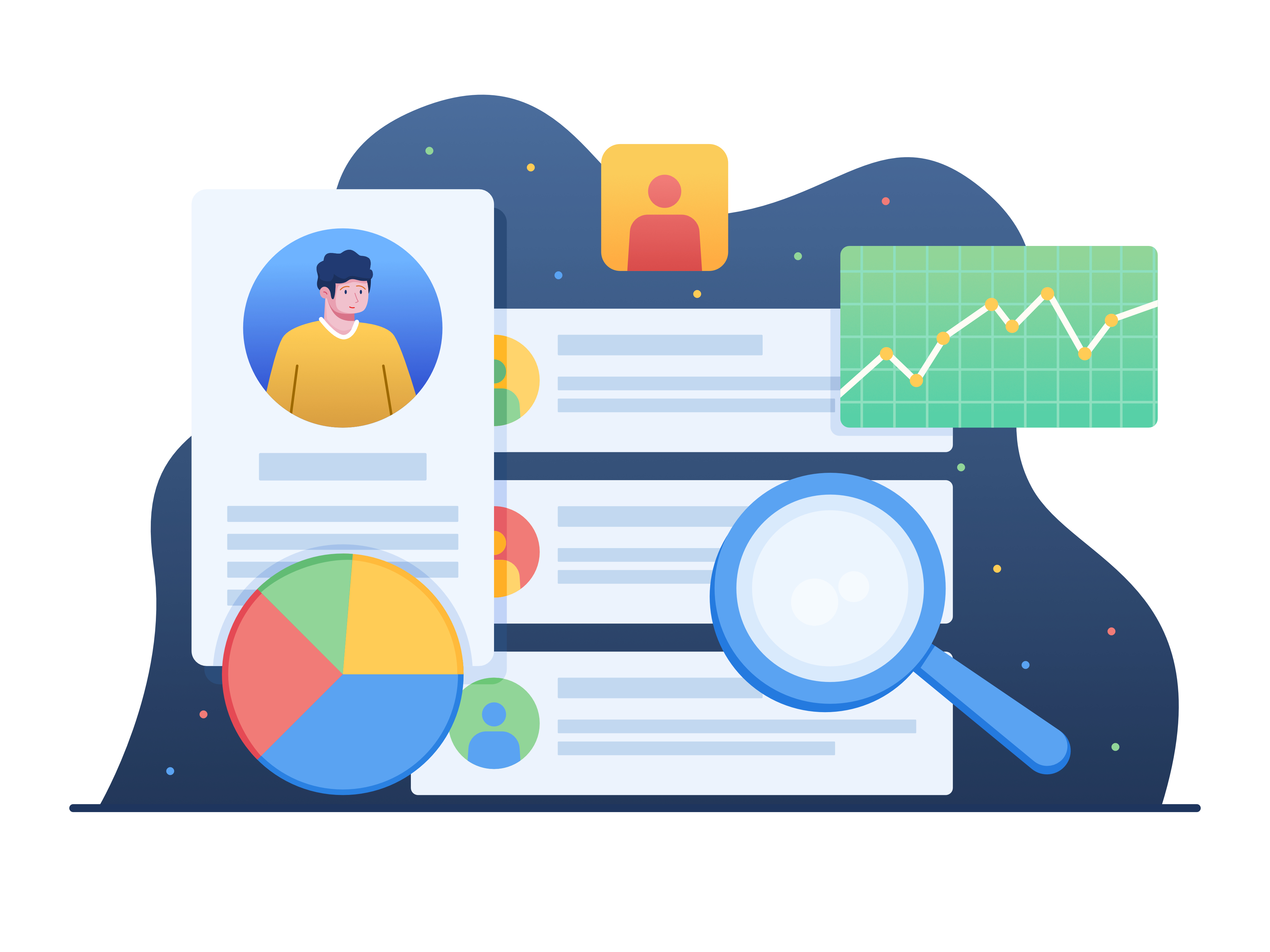In the digital age, content has become the most valuable currency. Every time we post, read, or watch something online, we're engaging in a content exchange that drives engagement, trust, and influence. From the moment we wake up and check our social feeds to the last video we watch before bed, content is omnipresent. But how did it become so central?
In this blog, we’ll explore how content evolved into today’s most valuable asset, why it is considered the currency of the digital world, and how it will continue to shape the future.
The Evolution of Content: From Information to Influence
The Early Days of Content
To understand content's role today, let’s take a step back. Historically, content was a medium for sharing information. Newspapers, books, and radio broadcasts were the main vehicles for distributing knowledge, primarily to inform, educate, or entertain.

A timeline showcasing the evolution of media formats. Courtesy of The Evolution of Media: Transforming the Way We Consume Information by Gelenemoon (Medium, Dec 2023).
The internet changed everything. Suddenly, content was no longer bound by geography. Anyone with an internet connection could create and share content with a global audience. This democratization laid the foundation for content’s current role as a driving force in digital communication.
Content creation has also evolved into a complex field, including elements like ensuring content without copyright violations, which has become critical for businesses and creators who want to share work freely and legally across platforms.
Content’s Transition to Power in the Attention Economy
Today, we live in the attention economy, where attention is one of the most precious commodities. With so much content available, capturing and retaining attention has become incredibly valuable. Platforms like Facebook, YouTube, and TikTok have built empires by mastering this dynamic.
For example, TikTok’s algorithm is designed to keep users engaged by serving personalized content. This attention is then monetized through ads and sponsored content. It’s not just passive consumption anymore—content, especially content with high engagement, is the fuel that powers the digital economy.

A diagram illustrating the attention economy cycle. Courtesy of The Passion Economy and Its Hidden Currency by James Currier (NFX, May 2021).
Why Content is the New Currency
Content as a Medium of Exchange
Just as money facilitates exchanges in the traditional economy, content drives interactions between businesses, creators, and consumers in the digital space. Brands now rely heavily on content to build relationships with consumers—whether through Instagram posts, YouTube tutorials, or blog articles.
Take the example of YouTuber MrBeast, who has built a massive brand through content creation. His videos, filled with challenges and giveaways, engage millions of viewers, which in turn attracts sponsorships and ad revenue. In this sense, content has become a form of currency, traded for attention, trust, and influence.

MrBeast's content strategy is very effective at engaging millions of viewers. Courtesy of Steven Khan, CC BY 4.0, via Wikimedia Commons. Learn more about MrBeast on Wikipedia.
Value Beyond Money: Influence and Trust
Unlike traditional currency, content’s value often transcends monetary exchange—it builds influence and trust. Content that resonates with audiences can create lasting loyalty and shape opinions. Viral social movements like #BlackLivesMatter gained massive traction through social media content, sparking conversations and driving real-world change.

Global social movements powered by content. Courtesy of Alec Perkins from Hoboken, USA, CC BY 2.0, via Wikimedia Commons. Learn more about the #MeToo movement on Wikipedia.
The Role of Content in Emerging Technologies
Content Fuels AI, VR, and the Metaverse
Content is not just shaping the present; it’s the key to the future. Emerging technologies like artificial intelligence (AI), virtual reality (VR), augmented reality (AR), and the Metaverse rely heavily on content to thrive.
AI, for instance, learns and improves by analyzing massive datasets—essentially content—that allow it to perform tasks like personalized recommendations or generating creative outputs. Netflix’s recommendation engine , for example, analyzes your viewing habits (data/content) to suggest movies you’re likely to enjoy, which keeps you engaged.
In the Metaverse, creators are building virtual worlds from scratch. Platforms like Roblox and Fortnite are entirely dependent on user-generated content, creating interactive digital spaces that millions of users engage with daily. As these technologies evolve, creators will rely on content with video ads to support monetization strategies and maintain user engagement in these immersive environments.

The Power of Content in Shaping the Future
Content Fuels Connectivity and Communities
Content is the glue that holds online communities together. Whether through shared videos, blog posts, or social media interactions, content fosters engagement, loyalty, and a sense of belonging. Platforms like Reddit, Instagram, and TikTok thrive because they provide spaces for people to interact, build relationships, and exchange ideas—all through content.
User-generated content (UGC) is a big driver of this. Think about YouTube or Twitter—these platforms thrive because users create the content, and this content brings people together in ways that traditional media could never achieve. This dynamic creates strong communities that are deeply engaged with the content they consume and create.

Content as Data: The Backbone of Personalization
Every online interaction generates data, which is content in itself. Companies like Spotify and Netflix use this data to tailor their services to individual users, providing personalized recommendations. This increases engagement and makes the content more valuable because it meets users' specific needs.

Conclusion
In a world where attention is the most valuable commodity, content has become the currency that drives influence, trust, and growth. As we move into an even more connected and content-rich future, those who understand how to create, share, and leverage content will hold the keys to influence in the digital world.
Whether you're a business leader, a digital strategist, or a content creator, it’s time to start viewing content not just as a marketing tool but as the core currency of the digital age—shaping both personal and professional futures.
Join Our Community
Be the first to get exclusive updates, insights, and tech tips from our vibrant community. Join us to stay ahead in the tech world!

